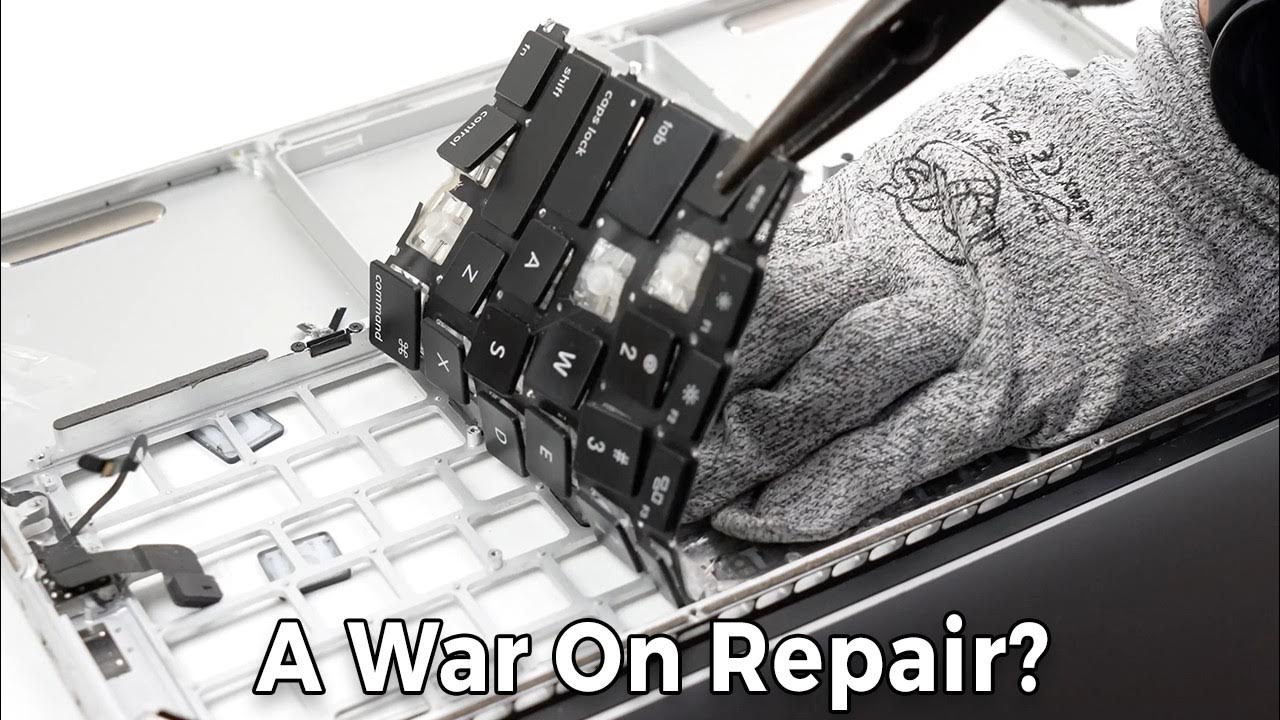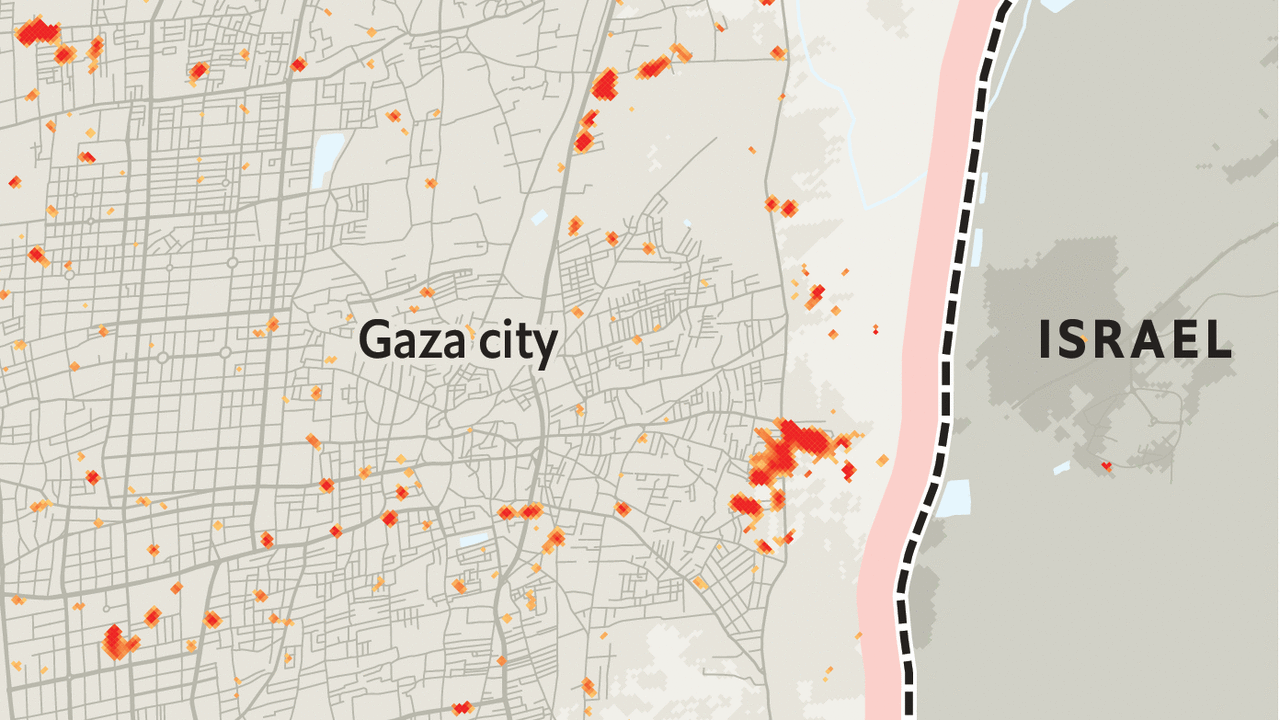I don’t think they are trolls, either lots of breathless enthusiasm, or performance art
- 20 Posts
- 1.55K Comments

 1·7 hours ago
1·7 hours agoEven after you get your ideal setup with all your traffic transversing your network to a single host, you have bottle necked the whole network to the speed of that single host.
Usually in networks devices are able to talk to each other directly across switch fabrics and not interdesr with other traffic.
Say you have four devices A B C D each pair trying to send 1GiB/S of traffic to each other over a GbE network connected to the same switch. A,B gets 1 GbE and C,D gets 1 GbE. For a total concurrent speed of 2GbE.
In your model since all traffic has to hit the central wireguard node W first you can only get 1GbE speed concurrently

 3·14 hours ago
3·14 hours agoThe 3 dollar bum guns work fine.

 3·14 hours ago
3·14 hours agoSadly, and honestly, this.
Using an LLM with 4-year-old data is a better experience than digging through three pages of Google blog spam

 1·14 hours ago
1·14 hours agoThe synology.com account, not the NAS account

 33·1 day ago
33·1 day agoThe person doing free labor and providing open source software doesn’t use the preferred vocabulary… Still a net positive, no reason to brigade their issue tracker for wrong think.
Encouraging the internet to harass a volunteer is low.
Nothing stopping people from forking the project changing the vocabulary, and maintaining their fork. But that’s more work than drive by hate

 2·2 days ago
2·2 days agoTailscale, cloudflared tunnels, nebula
The lights flicker at a specific frequency and those frequencies are ever so slightly different in different places. It can be mapped to a grid.

 4·3 days ago
4·3 days agois such a hassle it wouldn’t really pass in any company
Hate to tell you, this is now the norm. Right now, today, thousands of corporate travelers!
Company creates a travel laptop, perhaps even just a completely empty kiosk laptop. Corporate traveler downloads critical data to the laptop in an enclave (like a presentation). They have a two-factor token with them. If they need to get back to the corporate network for whatever reason, they use remote desktop software and no data is stored on the local device. They’re given policies telling them that if the computer is out of their possession, or view at any time, that the device is not to be used whatsoever afterwards. Contact security and let them deal with it.
When the traveler comes back to the mothership, laptop is checked into IT, it’s completely wiped.
Does remote desktop software suck? Yeah. It’s better than the alternative though

 1·3 days ago
1·3 days agoI was surprised too. But a lot of the current NAS devices basically operate as hosting devices. It makes sense the hard drives are there the power is there the RAM is there the CPU is there. So for the low intensity containers and VMs you want to run like a Plex server, or DNS server, or tail scale it’s all right there

 1·3 days ago
1·3 days agoAt this point, it might be easier just to buy a supported UPS. I’m glad the backups 850 is working. It’s a good data point
I followed your advice, and went through the settings, and try to enable the USB device. But it’s just not detected.

 1·3 days ago
1·3 days agoOh the synology drive is a file system syncing utility, it provides local caching of a remote file system and then syncs the files back. It’s not the software that shuts down the computer

 2·3 days ago
2·3 days agoRight now when updates get applied to the NAS, if it gets powered off during the update window that would be really bad and inconvenient require manual intervention.
In memory caching, and the Amy cashing, well I think the file system would almost certainly be in a consistent state, you might lose data in flight if you’re not careful.
The real problem, that I need an nas for, is not the loss of some data, it’s when the storms hit and there’s flooding, the power can go up and down and cycle quite rapidly. And that’s really bad for sensitive hardware like hard disks. So I want the NAS to shut off when the power starts getting bad, and not turn on for a really long time but still turn on automatically when things stabilize
Because this device runs a bunch of VMs and containers as well closing down so that all of those rights get flushed is good practice

 21·3 days ago
21·3 days agoAND their Synology drive client requires administrative permission to install on Mac OS, and on Windows. Why? Why…

 21·3 days ago
21·3 days agoWell I’m ranting about this process, I have other complaints.
Synology.com - if you want to add a second factor to your account, requires a phone number to be the master factor, in case you lose your second factor. So if you’re worried about Sim jacking, or even just not having a consistent phone number for the lifetime of the deployment, it’s kind of a terrible practice. There’s no way to unlink all phone numbers from an account, you can only replace them with a new phone number.
Synology does actually support hardware USB keys, but only as a secondary factor behind SMS… Ai ya.
How will a vpn give away your location?
You don’t need a SIM card to have a TOTP app they’re totally independent
A VPN you pay for with crypto is probably more secure than driving to somebody’s public Wi-Fi for this use case. Driving to a location, sitting around while uploading a massive video on public Wi-Fi, it’s going to look very suspicious

 63·3 days ago
63·3 days ago100%. I think the developer taking the project read only was not a temper tantrum, it was just them signifying they don’t have time to maintain it. So now if you want anything to happen you must fork it.




















Soda water. Because getting drunk isn’t on my agenda. But it fits the vibe and people think your having a vodka tonic or something